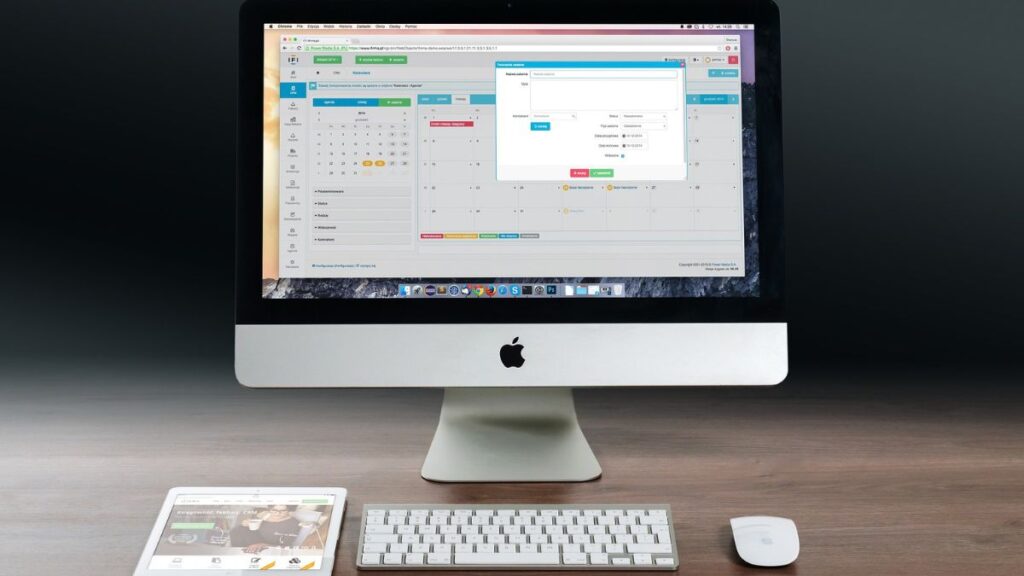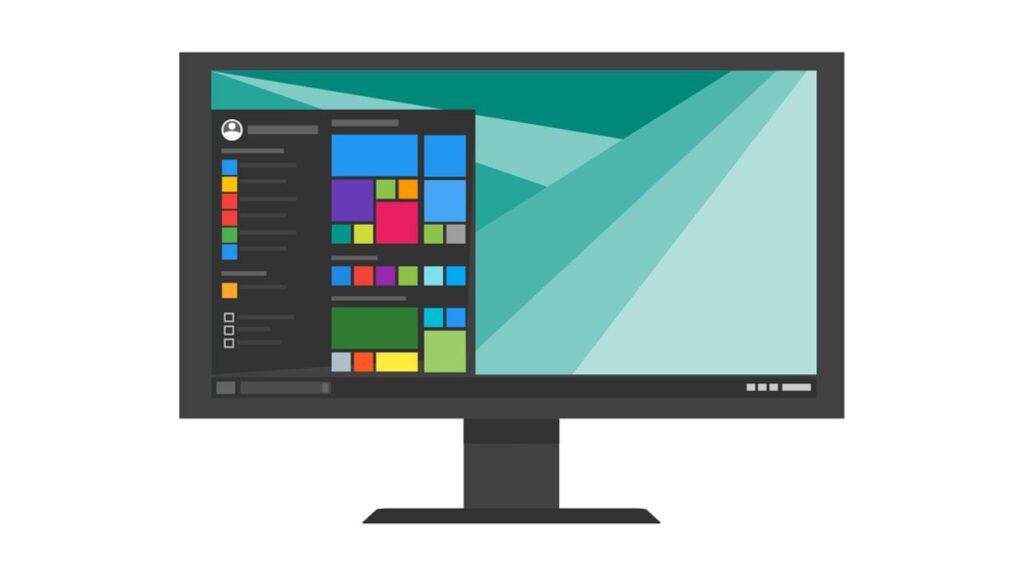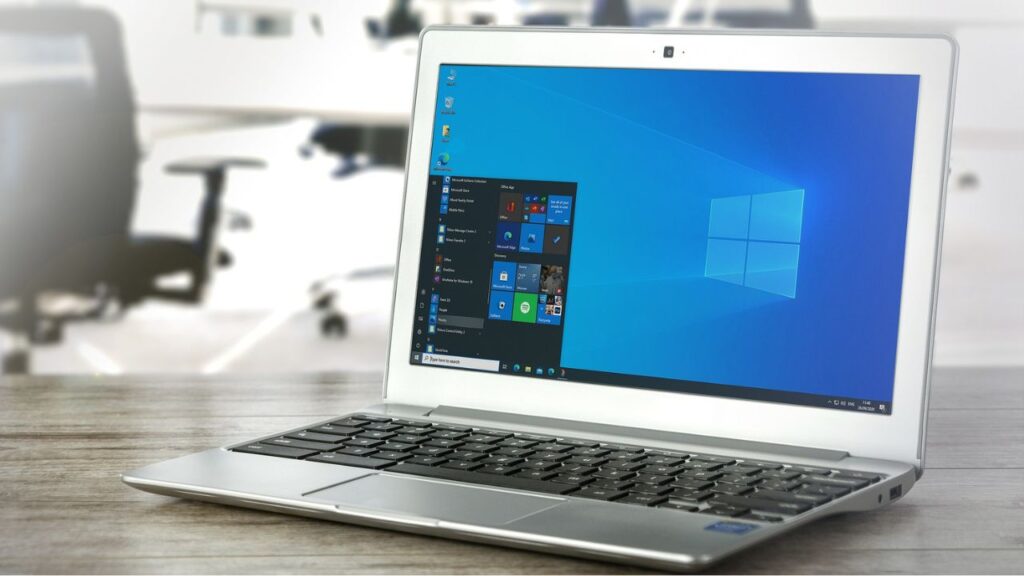Laptops have emerged as the most effective tools. As these computers are for work and personal use, we must understand the different systems available. Whether you need a laptop for work, programming, gaming, school, or design, choosing the right device can impact your experience.
At the heart of these devices is the operating system (OS), which is the software joint between the applications and the hardware. The OS is a vital part that makes the communication within your laptop seamless and helps with overall system performance.
This article will look at the different types of operating systems we can find in a laptop, which have their own separate qualities. Today, we will focus on the various types that exist, and we will also discuss their functions and how they could suit you.
Firstly, let us learn what an OS is and also how it works.
What is an OS, and Why is it Important?
The OS is the software that allows applications to run without any problems on your computer. It does all the operations and involves coordinating between your processor, graphics processing unit, and other main components like the screen and keyboards.
So, what makes them significant? Operating systems play a role in handling software and enhancing user interaction. They perform things like backing up computer memory, handling data security, or device control functions, allowing applications to operate smoothly.
Without an operating system in place, every application would have to manage these tasks individually. Individual operations are neither practical nor efficient during software development. Therefore, an OS is required.
Ultimately, the core duties of the operating system include booting (system startup), memory management, security, and data, running and executing apps, drive/disk management, device control, user interface, and overseeing everything. Such functions together lead to the smooth operation of your laptop.
Let us now look at the different types of OS available for laptops today.
Different Types of Operating Systems in Laptops
There is a spectrum of choices, and all of them vary in features and performance. Let’s take a look at the most popular OS around the world below:
1. Microsoft Windows
Microsoft Windows is the most well-known and one of the most widely used operating systems worldwide. It is preloaded on more than 90% of laptops.
It provides a diverse platform with a variety of versions like Windows 7, 10, and 11. The licensed versions provide robust security against cyber threats.
In January 2024, Windows 10 had the largest market share at 66.47%! Windows 7 was the first version to have touchscreen support.
The cost to get the licensed versions may be relatively high, which ultimately influences how much money one will spend on the laptop in the end.
Features:
- Task View Features that enable users to organize their windows easily.
- Interface compatibility, such as (Mouse, Keyboard, and Touchscreen) allows for flexibility.
- Advanced security technology like Fingerprint Scanning.
- Includes both gaming and personal computer use.
Pros:
- Versatile and user-friendly interface.
- Extensive software compatibility, including gaming.
- Advanced security features.
- Efficient file compression for additional storage.
Cons:
- Licensing costs can be high.
- Compatibility with mobile phones may be problematic.
- Resource-intensive for lower-end laptops.
2. Ubuntu
Ubuntu, an open-source Linux operating system, is a free and open system that is very reliable and adaptable. It caters to both common and advanced users and is a free alternative to other operating systems.
It is an excellent solution for those transitioning to Linux because it offers the same experience and convenience as Windows. Ubuntu consists of native security components like a built-in firewall and antivirus protection.
Ubuntu is also an excellent option for organizations looking for cost-effective solutions.
Features:
- Suitable for regular use, gaming, and open-source development.
- Free to download and share.
- Multilingual support (about 50 languages).
- Integrated firewall and antivirus software for enhanced security.
- Supports a variety of media types, including audio, video, and photo lenses.
Pros:
- Free to download and share.
- Integrated security measures.
- The best option for servers.
- Compatible with enterprise platforms.
Cons:
- Requires more keyboard usage.
- It is not user-friendly.
- Limited support for certain software.
- Compatibility with specific hardware configurations may vary.
3. Mac OS
Apple’s own Mac OS is a specialized operating system. It’s made just for Apple’s PCs and desktops.

In 2023, 100 million people used MacOS!
With a neat layout and tight link to Apple hardware, Mac OS offers a distinct user feel. It has a user-friendly and eye-catching interface. Its dark mode helps boost visuals, making it easy on the eyes for long periods.
The combo of hardware and software is a big plus, adding to a solid and steady user experience. It is renowned for its robust security measures and includes features that anonymize user data, preventing websites from extracting personal information.
It comes pre-installed only on Apple laptops. So, users must invest in Apple devices, which can be relatively expensive. It is well-suited for professional use, especially in creative fields.
Features:
- Clean design and easy navigation.
- Has the best multitasking features.
- Multimedia capabilities, like a dynamic desktop for efficient file management.
- Mac OS synchronizes seamlessly with iPhones, allowing users to capture and transfer documents effortlessly.
- Preferred choice for designers, video editors, and other creative professionals.
Pros:
- Less malware and virus attacks.
- Synchronization with Apple iOS devices.
- Strong security features and regular updates.
- Good for multimedia and creative tasks.
Cons:
- Very expensive.
- Limited options for upgrades.
- Limited compatibility with non-Apple devices.
- Customization options are more restricted.
- Smaller market share as compared to Windows.
4. Chrome OS
Chrome OS is a Linux-based operating system developed by Google for laptops. The system focuses on being quick, efficient, and secure for productivity.
It leverages web-based applications and uses Google’s Chrome browser as the main interface. This gives it a minimalist feel.
While also supporting multimedia and Android apps, Chrome OS is known for being resource-friendly. Its growing popularity is gradually leading to affordable laptop options.
Features:
- Enables remote managing of files even away from the laptop through accessibility features.
- As a Google product, security regularly gets high-priority updates, reducing risks like malware.
- Let users take advantage of Android apps for extra functionality, too.
- With Phone Hub, get information from Android devices on Chromebooks.
Pros:
- Lightweight and resource-efficient.
- Strong emphasis on web-based productivity.
- Prompt and secure updates from Google.
- Growing adoption with affordable laptop options.
Cons:
- Limited offline functionality.
- Relies heavily on internet connectivity.
- Not as versatile as Windows or macOS.
5. Android-x86
Android-x86 provides a unique way to run Android apps on laptops, bringing more flexibility to users. This operating system allows people to harness the huge library of Android applications through a larger screen experience on their laptops.
It helps bridge the traditional boundary between mobile and desktop. This gives users access to a wide variety of productivity tools and entertainment options directly on their laptops.
ASUS laptops are often more compatible with this Android port.
It may not be as robust as other traditional operating systems due to its status as a work in progress. Users should exercise caution and consider security implications before relying on it.
Features:
- It is lightweight for efficiency, making it suitable for various hardware configurations.
- Remote access capabilities further provide convenience by allowing remote management of laptop data.
- Android-x86 presents an appealing option for taking advantage of exclusive Android apps on a big screen.
- Well-suited for multimedia editing and tasks where simplicity matches the Android ecosystem.
Pros:
- Access to Android-exclusive Apps.
- Seamless Integration with Laptop Inputs.
- Resource-Efficient Operation.
- Remote Control Capability.
Cons:
- Security Concerns
- Performance May Vary Depending on Hardware.
- Limited App Support Beyond Android Applications.
- Requires Manual Installation.
6. CentOS
CentOS is a Linux distribution oriented toward developers and platform administrators. It was first launched in 2004 in May. It provides a robust, customizable environment for software development and coding.
Its powerful networking capabilities make it easier to coordinate and share work. CentOS receives global contributions to support its continued development. It maintains systems in such a way that coding workflows are simplified.
Its comprehensive security ensures a safe coding environment. Overall, it provides an ideal Linux solution for people and teams working in software development.
Features:
- Provides a comfortable workspace for programmers.
- CentOS employs SELinux for enhanced access control.
- Red Hat’s ten-year support cycle ensures regular updates.
- Longer software release cycle.
- CentOS offers diverse options like cPanel, Plesk, WebMin, and more for efficient system management.
Pros:
- Tailored Coding Environment.
- Strong Networking Capabilities.
- Community-Driven Development.
- Free to Use.
Cons:
- Requires Advanced Computer Knowledge.
- Less User-Friendly for Non-Developers.
- Limited Multimedia Features.
- Not as Widely Used in General Computing Environments.
7. Linux Mint
Linux Mint is one of the most reliable and easy-to-use operating systems for laptops. It was launched in 2006. It can smoothly transition Windows users to Linux through a familiar interface while also maintaining simplicity and efficiency.

The use of intuitive graphics makes navigation easy. Its extensive software library ensures access to thousands of programs. It has a reputation for being very durable and provides a secure platform for daily use.
Linux Mint excels for those who are learning to code, providing all the essential tools. Its high level of robustness also makes it suitable for general, everyday use as a reliable alternative to other operating systems.
Features:
- Intuitive Cinnamon interface.
- Highly customizable desktop, apps, and system settings so you can make it your own.
- Software installs are streamlined through an easy-to-use dashboard.
- Intuitive tool to manage your computer’s look.
- Ensures security through user-controlled updates and backup features.
Pros:
- User-friendly interface.
- Extensive software support with access to a vast repository of packages.
- Stability and reliability, minimizing disruptions in the user experience.
- Regular updates.
Cons:
- Limited gaming support compared to Windows.
- Some specialized software may not be readily available for Linux Mint.
- Weak community support.
8. Fedora
Fedora is a well-known Linux-based operating system that is popular with students and professionals. It is well-suited for open-source work and enterprises, with unique strengths that distinguish it from other OS.
The logo has three elements – “voice,” “freedom,” and “infinity,” which symbolize the voice of the community.
Users also benefit from a wide variety of open-source languages, tools, and utilities that are readily available with a single click or a few easy commands. The operating system is made up of separate components that may be readily added, uninstalled, or replaced as needed.
Fedora’s slick appearance, powerful toolkit, and support for virtualization make it a good choice. About 47% of developers use Linux-based systems.
Features:
- Gnome 3 environment.
- Powerful tools enable the quick setup of virtual machines for various purposes.
- Best for developers, offering essential tools for project work.
- Interactive interface with pre-installed apps.
- Economical choice as a free and open-source operating system.
- It updates every six months.
Pros:
- Offers great accessibility.
- Ideal for corporate environments.
- Free of cost.
- Consumes fewer system resources.
Cons:
- Limited gaming support.
- Takes time to set up and may not be as fast as other operating systems.
- Designed for advanced users.
How to Choose the Best OS For You
Picking the right operating system for your laptop is key. It helps boost computer power and effectiveness. Reflect on the points below to choose wisely:
- Usage Requirements: Understand what you’ll primarily use your laptop for. This could be daily tasks, gaming, video editing, coding, or work purposes.
- User Interface Choice: Examine the interfaces of different OS types (e.g., Windows, Ubuntu, Mac OS). Pick one that feels right and is easy for you to navigate.
- Protection Features: Find out about the security options provided by the system, like in-built firewalls, antivirus security systems, and regular updates.
- Compatibility: The important thing is that the operating system is compatible with both hardware and software, as well as the additional devices you may be using.
- Specialized Characteristics: In addition to vital functions, think about special features designed to meet all the needs of users, like gaming support, multimedia capabilities, and an easy coding environment.
- Updates and Improvements: Track the frequency of the updates and improvements to ensure your chosen OS does not become vulnerable to cyber-attacks.
- Cost-effective solution: If price is one of the factors, go for the low-cost open-source alternatives like Ubuntu, Fedora, or Linux Mint that do not charge for the license but offer a good performance.
Keep in mind the perfect OS for you is based on your unique needs and how you plan to use your laptop. Take time to think about these points before making your choice.
Conclusion
There is an array of operating systems for laptops, each with their own special qualities and benefits.
You can choose Windows, which is easy to use, or Ubuntu, which lets you change it however you want. Mac OS is safe and used for its creative prowess, and Chrome OS brings efficiency.
CentOS and Linux Mint are good for coding and are known for their reliability. Things like safety, how it works for you, and cost matter a lot.
Understanding each one’s strengths and features will help you make decisions when buying a laptop. Think about what you need your laptop for most and make your choice accordingly.
Embrace the capabilities of these systems and unlock the potential of your device!
Frequently Asked Questions (FAQs)
- Are there cost-effective OS alternatives?
Yes, open-source alternatives like Ubuntu, Fedora, and Linux Mint offer powerful features without licensing fees, providing a cost-effective solution.
- Which operating system is the fastest?
When considering speed, Linux-based operating systems stand out as the lightest and fastest in the current market.
- What Other Operating Systems Are Available Today?
Additional operating systems include Solaris, known for large workload processing; Deepin, an aesthetically pleasing OS; and FreeBSD, which is suitable for networking.
Also Read:




